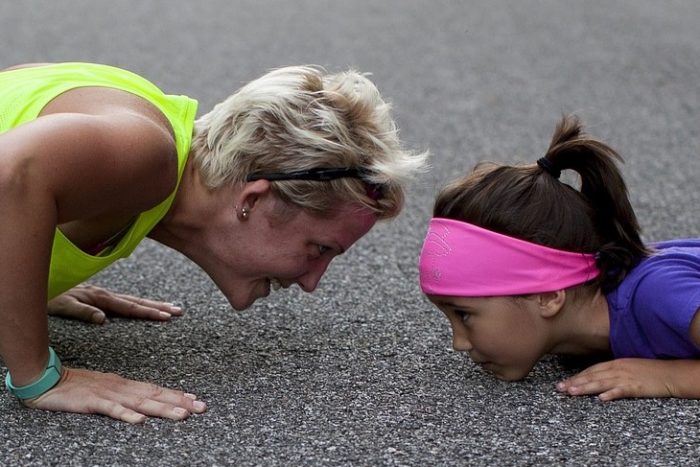
Autism spectrum disorder (ASD) involves pervasive developmental disorders that affect the way a child behaves and interacts with others. The autism spectrum is very wide and involves impairments in cognitive development, social skills, and emotional control and regulation. Some children may have severe symptoms, others may not.
In general, children with the autism spectrum show lower results in cognitive and adaptive functions than children who are not on the spectrum.
Cognitive Development
Typically developing children should master thinking, learning, and problem-solving skills by the age of three. Most preschoolers can understand cause and effect, predict outcomes, and solve problems. As they approach kindergarten age, children’s language and speech development accelerate while their thinking becomes more complex.
Children who are on the autism spectrum usually struggle with attention and focus, memory, organization, time management, and transitions between daily activities. These challenges can affect a child’s learning and development. Also, children with autism spectrum disorder have difficulties to follow simple instructions and get easily distracted.
Social Interaction
Children with autism usually don’t use eye contact and gestures to communicate and share experiences. The younger children typically don’t show interest in toys and games and don’t know how to play with them. They don’t engage in pretend-play or other imaginative games and don’t enjoy the company of their peers.
Also, kids with ASD rarely respond to people outside their families and don’t display a wide range of emotions.
Emotional Control and Regulation
Around the age of three, most children who are not on the autism spectrum master their emotional control and regulation. They can control their impulses and show affection and empathy for other children and adults.
Also, typically developing preschoolers are generally curious and spend time playing and exploring their environment. They can understand and follow the rules.
Children with ASD usually have difficulties to control their emotional reactions, particularly anger and frustration.
Autism and Aggression
One study found that one in four children with ASD displays aggressive behavior. The most common aggressive behaviors in children with autism involve kicking, biting, throwing and destroying objects, having meltdowns, and throwing temper tantrums. Children with severe aggressive behavior also tend to struggle with anxiety and mood disorders.
Understanding what triggers your child’s aggressive behavior can help you to manage or reduce that behavior. Keep in mind that kids on the autism spectrum don’t express emotions in the same way as typically developing children.
Your child with autism spectrum disorder may behave aggressively because he has difficulties adjusting to transitions or understanding what is happening around him. Also, they might behave violently because they don’t know how to handle stressful situations or because they don’t know how to express their needs and emotions. For example, your child may start kicking or biting when she feels upset or anxious.
Aggression in children with autism is linked to negative consequences such as a significant risk of self-harm and harm of others, decreased quality of life, and increased stress levels for a child and his or her family.
Identifying and removing the triggers of your child’s aggressive outbursts is the best long-term strategy for managing challenging behaviors in children with autism.


Leave a Comment